
News Directory
Why use roller bearings over ball bearings?
1. Introduction
In the world of rotating machinery, bearings are essential components that facilitate smooth motion while reducing friction and managing loads. Choosing the correct bearing type is a critical decision that directly impacts an application's performance, lifespan, and efficiency. The two most common and foundational categories are ball bearings and roller bearings.
Defining the Core Difference
- Ball Bearings: These utilize spherical balls as the rolling elements, typically resulting in a minimal, point-like contact area between the element and the raceway.
- Roller Bearings: These employ rolling elements that are non-spherical, such as cylinders, needles, or tapered rollers. This geometry results in a much larger, line-like contact area with the raceway.
Purpose of This Article
The fundamental difference in their rolling element geometry dictates their operational characteristics. The purpose of this professional guide is to compare and contrast ball bearings and roller bearings thoroughly, examining their construction, load capacity, speed capabilities, advantages, disadvantages, and ideal applications. By understanding these distinctions, engineers and machine designers can make an informed decision to optimize their specific needs.
| Bearing Type | Rolling Element Shape | Contact Area with Raceway | Primary Benefit |
|---|---|---|---|
| Ball Bearing | Spherical (Ball) | Point Contact | High Speed Capability |
| Roller Bearing | Cylindrical, Tapered, Needle | Line Contact | High Load Capacity |
Would you like me to continue with the next section, "2. What are Ball Bearings?", including detailed descriptions of construction, types, advantages, and disadvantages?
2. What are Ball Bearings?
Construction and Function
A ball bearing consists of four main components: an outer ring, an inner ring, the rolling elements (the balls), and a cage (or retainer).
- Rings (Races): The inner and outer rings provide the hardened, smooth surface (raceway) upon which the balls roll. The inner ring typically mounts onto the rotating shaft, and the outer ring is stationary in the housing.
- Balls: Precisely manufactured spherical rolling elements are designed to minimize the contact area with the raceways, resulting in extremely low friction.
- Cage: The cage maintains the separation between the balls, ensuring even load distribution and preventing metal-to-metal contact, which would generate excessive heat and friction.
The primary function of a ball bearing is to permit rotational motion while sustaining loads. Due to the point contact between the ball and the raceway, ball bearings excel at handling radial loads (perpendicular to the shaft) and can also manage moderate thrust (axial) loads (parallel to the shaft).
Types of Ball Bearings
The versatility of the ball element allows for various designs to suit specific load conditions:
| Ball Bearing Type | Primary Load Type Handled | Key Feature/Application |
|---|---|---|
| Deep Groove Ball Bearing | Radial, Moderate Axial | Most common type; high speed, low noise, simple construction. |
| Angular Contact Ball Bearing | Combined (Radial and High Axial) | Raceway shoulders are designed to support a thrust load in one or both directions, ideal for high precision. |
| Thrust Ball Bearing | Pure Axial (Thrust) | Designed for applications where the load is almost entirely parallel to the shaft; not suitable for high-speed operation. |
Advantages of Ball Bearings
Ball bearings are often the default choice in applications where performance metrics prioritize speed and efficiency:
- High Speed Capability: The point contact generates minimal heat and friction, allowing ball bearings to operate at significantly higher rotational speeds than most roller bearings.
- Low Friction and Power Loss: The small contact area translates directly into lower energy consumption, making them ideal for efficiency-critical applications.
- Quiet and Smooth Operation: Due to their precise construction and minimal internal friction, they are preferred in electric motors, domestic appliances, and other noise-sensitive machinery.
- Cost-Effectiveness: Deep groove ball bearings are typically the most common and standardized bearing type, leading to lower manufacturing costs.
Disadvantages of Ball Bearings
The very geometry that gives ball bearings their advantages is also the source of their limitations:
- Lower Load Capacity: The small point contact area means that the load force is concentrated over a very tiny spot. Consequently, their load-carrying capacity is much lower than that of roller bearings of the same size.
- Susceptible to Damage from Point Loading: Extreme loads, sudden impact, or shock loads can cause indentations (Brinelling) on the raceway surface because the stress is highly localized.
- Limited Shock Load Handling: They are not the best choice for heavy-duty machinery subject to frequent impacts, such as construction equipment or heavy gearboxes.
3. What are Roller Bearings?
Construction and Function
Roller bearings share a similar construction to ball bearings, featuring an inner ring, an outer ring, and a cage. The critical difference lies in the shape of the rolling elements, which are not spheres but various cylindrical or shaped rollers.
- Rollers: These elements are designed to have a large line contact (or near-line contact, as with tapered rollers) with the raceways. This substantial contact area is the key to their superior performance under heavy loads.
- Load Distribution: Because the load is spread across a line rather than a point, the stress is distributed over a much wider area. This significantly increases the bearing's static and dynamic load capacity and its ability to absorb heavy shock loads.
The primary function of roller bearings is to accommodate high radial loads. Certain types, like tapered and spherical roller bearings, are also highly effective at handling significant axial and combined loads.
Types of Roller Bearings
Roller bearings are highly specialized, with each type designed to manage different types of loads and alignment issues:
| Roller Bearing Type | Rolling Element Shape | Primary Load Type Handled | Key Feature/Application |
|---|---|---|---|
| Cylindrical Roller Bearing | Cylinders | High Radial, Moderate Axial (some designs) | Very high radial load capacity; typically used in gearboxes and railway axles. |
| Needle Roller Bearing | Long, Thin Cylinders (Needles) | High Radial in a Small Space | Extremely high load capacity for their cross-section; ideal for applications with limited radial space (e.g., automotive transmissions). |
| Tapered Roller Bearing | Truncated Cones (Tapers) | Very High Combined (Radial and Axial) | Used in wheel hubs and other applications where high loads must be resisted from multiple directions. |
| Spherical Roller Bearing | Barrel-shaped Rollers | Very High Radial, High Axial, Handles Misalignment | Self-aligning capability, making them ideal for long shafts and challenging applications like continuous casting machines. |
Advantages of Roller Bearings
Roller bearings are the preferred choice in industrial applications that prioritize raw strength and durability:
- High Load Capacity: This is the most significant advantage. The line contact distributes stress across a larger surface, allowing roller bearings to carry much heavier radial and/or axial loads than ball bearings of comparable size.
- Ability to Handle Shock Loads: The larger contact area and more robust rolling elements allow roller bearings to withstand sudden, heavy impacts without suffering permanent raceway damage (Brinelling).
- Rigidity: They offer greater stiffness and precision under load, which is critical in machine tool spindles and other precision heavy machinery.
Disadvantages of Roller Bearings
The characteristics that provide high load capacity also introduce operational trade-offs:
- Lower Speed Capability: The large contact area generates more friction and heat compared to point-contact ball bearings. This heat build-up limits the maximum safe operating speed.
- Higher Friction: The line contact inherently produces higher rolling friction than point contact, resulting in slightly lower energy efficiency, especially at lower loads.
- Higher Cost and Complexity: Many roller bearing types (e.g., spherical or tapered) are more complex to manufacture, often leading to a higher purchase price than standard ball bearings.
- Limited Misalignment Tolerance: Many roller bearing types (except spherical) are highly sensitive to shaft misalignment, requiring precise mounting and installation.
4. Key Differences Between Roller Bearings and Ball Bearings
The fundamental disparity in performance between roller and ball bearings stems directly from the geometry of their rolling elements. This difference dictates their suitability across the four key operational metrics: contact area, load capacity, speed, and friction.
| Feature | Ball Bearing | Roller Bearing | Resulting Application Preference |
|---|---|---|---|
| Contact Area | Point Contact (Small) | Line or Near-Line Contact (Large) | Determines load distribution and friction. |
| Load Capacity | Lower | Significantly Higher | Roller bearings for heavy machinery. |
| Speed Capability | Higher | Lower | Ball bearings for high-RPM motors and instruments. |
| Friction | Lower | Higher | Ball bearings for efficiency and quiet operation. |
| Shock Load Resistance | Poor (Susceptible to damage) | Excellent | Roller bearings for construction equipment. |
Contact Area: Point vs. Line
- Ball Bearings (Point Contact): The load is concentrated at a single, tiny point on the raceway. While this keeps friction low, it creates high localized stress, limiting the maximum load the bearing can safely handle.
- Roller Bearings (Line Contact): The load is spread along a distinct line across the roller's length. This vastly reduces the stress concentration, enabling the bearing to support much greater forces.
Load Capacity: Higher for Roller Bearings
- Roller Bearings: Due to the line contact, a roller bearing can typically support 2 to 3 times the radial load of a ball bearing of the same size. This makes them indispensable in heavy-duty applications.
- Ball Bearings: Best suited for light to moderate loads, as exceeding their capacity quickly leads to catastrophic failure.
Speed: Higher for Ball Bearings
- Ball Bearings: The minimal friction from point contact generates less heat, allowing for faster rotation and operation at higher limiting speeds.
- Roller Bearings: The greater contact area and resulting friction generate more heat, which restricts their maximum safe operating speed to prevent premature lubrication breakdown and failure.
Friction: Lower for Ball Bearings
- Ball Bearings: They are the clear choice when energy efficiency and minimal power loss are paramount, such as in precision instruments or small electric motors.
- Roller Bearings: While friction is still low compared to plain bushings, it is noticeably higher than in ball bearings, a necessary trade-off for their superior load capacity.
Applications: Specific Examples for Each Type
The core differences lead to distinct application areas:
- Ball Bearing Applications: Generally used for moderate loads and high speeds, such as electric motors, fans, small pumps, skateboards, and dental drills.
- Roller Bearing Applications: Reserved for heavy-duty, high-load environments, including gear drives, railway axles, heavy industrial machinery, wind turbines, and rolling mills.
5. When to Use Roller Bearings
Roller bearings are the rugged workhorses of the bearing world, chosen specifically when the primary operational challenge involves managing large forces, impacts, or limited installation space requiring maximum load density.
Applications Requiring High Load Capacity
When a system must support extremely heavy radial or combined loads, roller bearings provide the necessary resilience and durability.
- Heavy Machinery: In industrial settings, machines like crushers, rolling mills, and large presses utilize roller bearings (particularly cylindrical and spherical types) to sustain the enormous forces involved in material processing.
- Gearboxes and Transmissions: Cylindrical roller bearings are frequently found in industrial gearboxes, where they handle the high radial forces generated by gear meshing while maintaining shaft rigidity.
- Railway Axles: The immense weight and constant operation of trains necessitate the use of tapered or cylindrical roller bearings to ensure reliability and safety.
Applications Involving Shock Loads
Equipment that experiences sudden, high-magnitude impacts requires the load-spreading capability of roller bearings to prevent fatigue failure and indentation of the raceways.
- Construction Equipment: Excavators, bulldozers, and cranes are constantly subjected to dynamic shock loads. Spherical roller bearings, with their high load rating and tolerance for misalignment, are common in these demanding applications.
- Mining Machinery: Equipment used for drilling and excavation often involves severe impact forces, making the superior durability of roller bearings essential.
Applications Where Space is Limited (Needle Roller Bearings)
A specialized type of roller bearing, the needle roller bearing, offers an extreme solution for high load capacity in minimal radial space.
- Automotive Transmissions and Engines: Needle bearings are indispensable in transmissions, rocker arms, and constant velocity (CV) joints, where radial space is highly constrained but the load is substantial. Their long, thin rollers provide an excellent load-to-section-height ratio.
Summary of Ideal Roller Bearing Scenarios
| Operational Requirement | Reason Roller Bearing is Preferred | Example Application |
|---|---|---|
| Heavy Radial Load | Line contact spreads the force, minimizing stress. | Rolling Mills, Large Pumps |
| Combined/Axial Loads | Tapered and spherical designs manage forces from multiple directions. | Vehicle Wheel Hubs, Wind Turbine Main Shafts |
| Frequent Shock/Impact | Robust construction resists damage from sudden forces. | Construction Excavators, Vibrating Screens |
| High Load in Small Space | Needle rollers provide maximum load density. | Automotive Transmissions |
6. When to Use Ball Bearings
Ball bearings are the preferred choice when system efficiency, speed, precision, and low noise are prioritized over maximum load capacity. They are the versatile choice for light- to moderate-load scenarios.
Applications Requiring High Speed
The point contact nature of ball bearings is key to minimizing friction, heat generation, and therefore, allowing for very high rotational velocities.
- Electric Motors (Small to Medium): High-speed operation with minimal friction is vital for efficiency. Deep groove ball bearings are the standard for most electric motors.
- Precision Instruments: Equipment like gyroscopes, measuring tools, and optical scanners demand extremely high rotational accuracy at speed, where low vibration from ball bearings is beneficial.
- Spindles and Turbines: Certain high-speed spindles and small gas turbines rely on angular contact ball bearings for their speed capability and precise control of axial runout.
Applications Where Low Friction is Critical
In systems where even a small amount of drag can significantly impact performance or energy expenditure, ball bearings are the optimal solution.
- Bicycles and Skateboards: Low rolling resistance is critical for easy movement and maximizing coasting distance.
- Conveyors and Rollers: In long conveying systems, minimizing friction in every roller bearing adds up to significant energy savings.
- Sensitive Machinery: Applications where minimal thermal expansion from friction-induced heat is essential for maintaining geometric accuracy.
Applications Where Quiet Operation is Important
The low friction and minimal skidding of the spherical rolling elements contribute to quieter operation compared to the potentially noisier sliding contact in some roller bearing designs.
- Home Appliances: Washing machines, vacuum cleaners, and kitchen mixers all benefit from the smooth, quiet running of ball bearings.
- Office Equipment: Printers, copiers, and cooling fans in computers require low noise levels for a pleasant working environment.
Summary of Ideal Ball Bearing Scenarios
| Operational Requirement | Reason Ball Bearing is Preferred | Example Application |
|---|---|---|
| High Speed (High RPM) | Low point-contact friction generates minimal heat. | Electric Motors, High-Speed Fans |
| Low Friction/High Efficiency | Minimal contact area ensures low power loss. | Bicycles, Fitness Equipment, Small Pumps |
| Low Noise/Vibration | Smooth rolling motion is less prone to operational noise. | Home Appliances, HVAC Systems |
| Moderate Radial/Axial Loads | Adequately handles combined loads within its capacity limits. | Automotive Alternators, Small Gearboxes |
Conclusion
Summarize the Key Differences
The choice between a roller bearing and a ball bearing ultimately hinges on a single factor: load concentration.
- Roller Bearings utilize line contact to spread the load, resulting in high load capacity and shock resistance, but at the expense of lower speed and higher friction. They are the choice for heavy, slow-to-moderate speed, and high-impact applications.
- Ball Bearings use point contact to minimize friction, resulting in high speed capability and excellent efficiency, but with a much lower load capacity. They are the choice for light-to-moderate load, high-speed, and low-noise applications.
Importance of Selection
Selecting the correct bearing type is not merely about capacity; it is about matching the bearing's design strengths to the application's most critical requirements. An undersized ball bearing will fail prematurely under heavy loads, while an oversized roller bearing may lead to unnecessary cost and friction in a high-speed, low-load application.
Final Thoughts: As a custom bearing manufacturer, we emphasize that a detailed analysis of your application's speed, load (radial and axial), operating temperature, lubrication, and environmental factors is essential. By meticulously evaluating these parameters, you can ensure you select the bearing that offers the optimal balance of performance, durability, and cost-effectiveness for maximum operational lifespan.



 English
English 中文简体
中文简体 عربى
عربى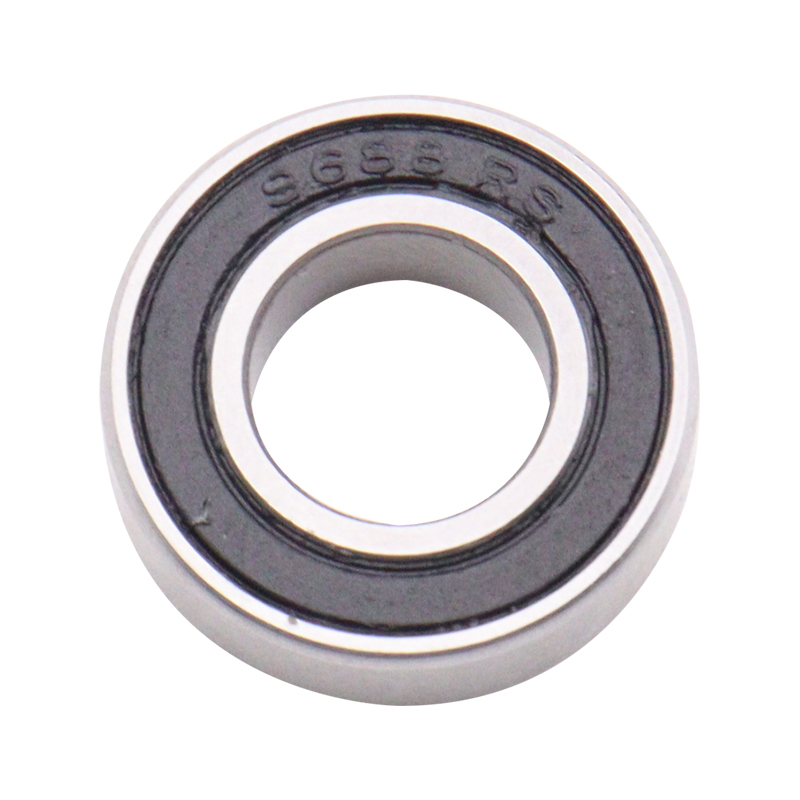
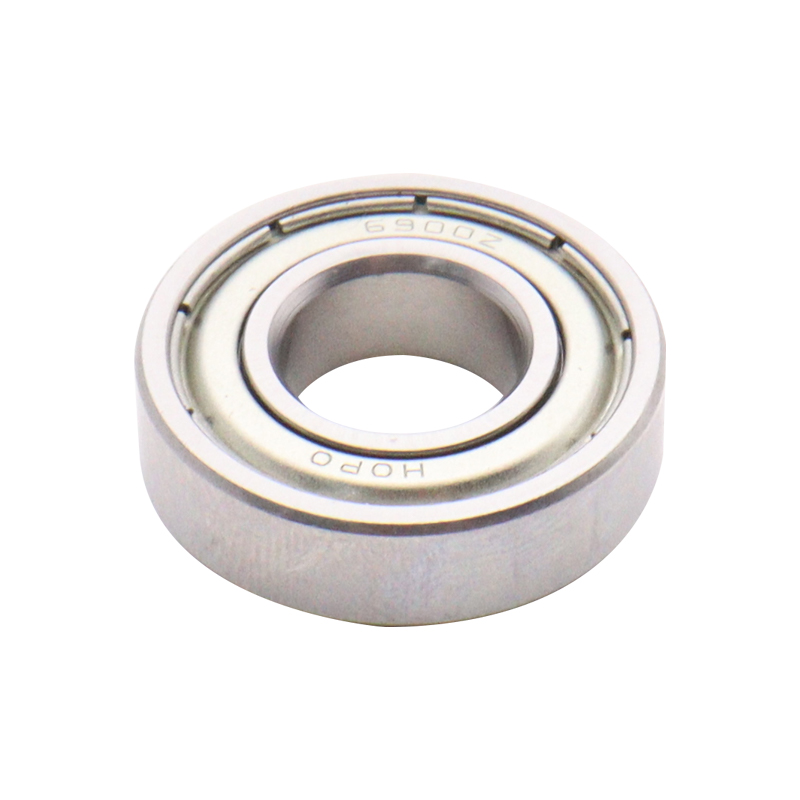
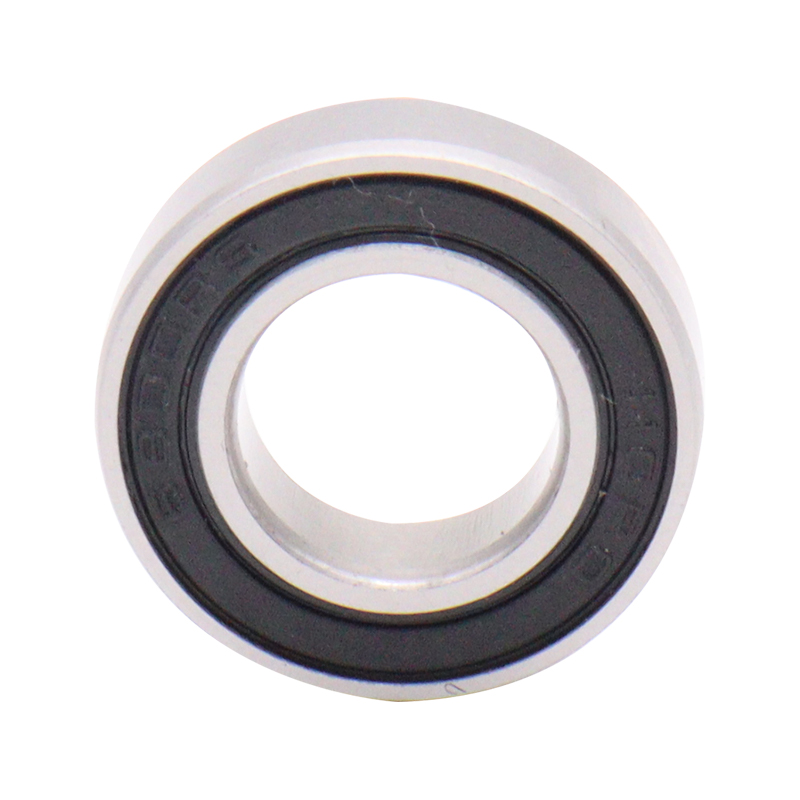
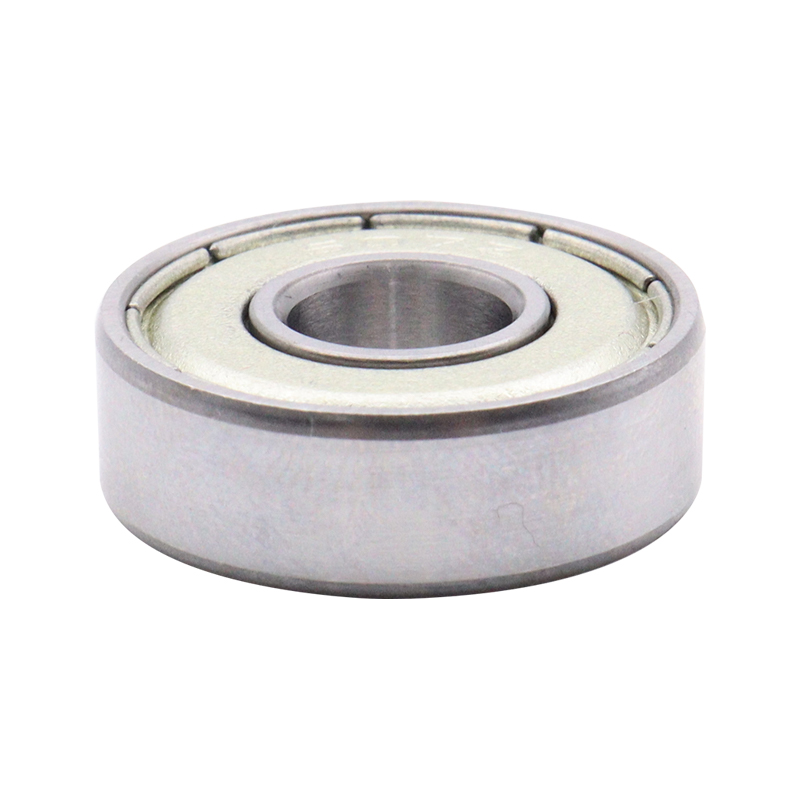
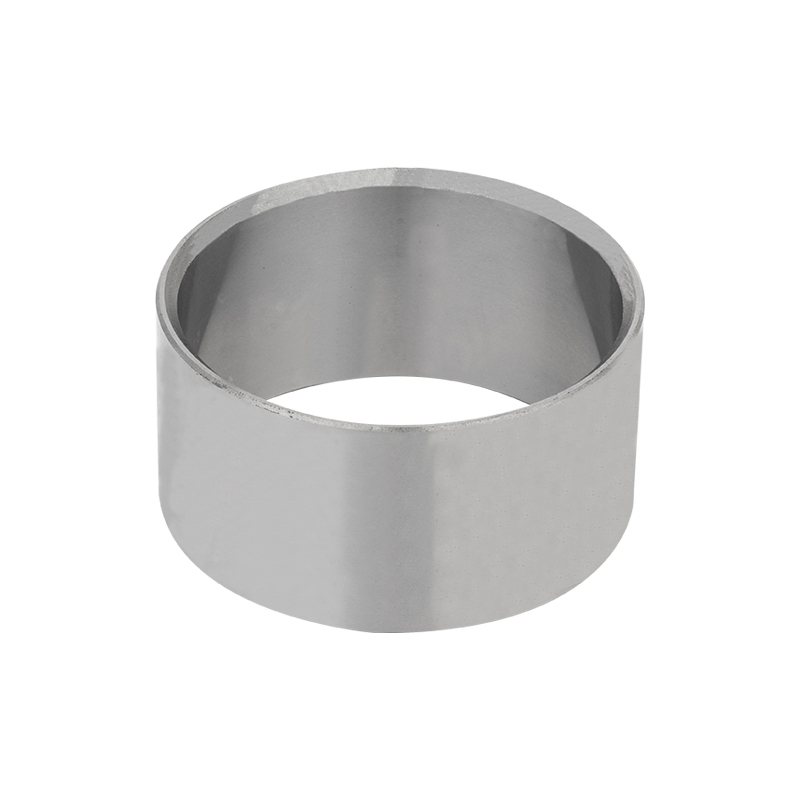
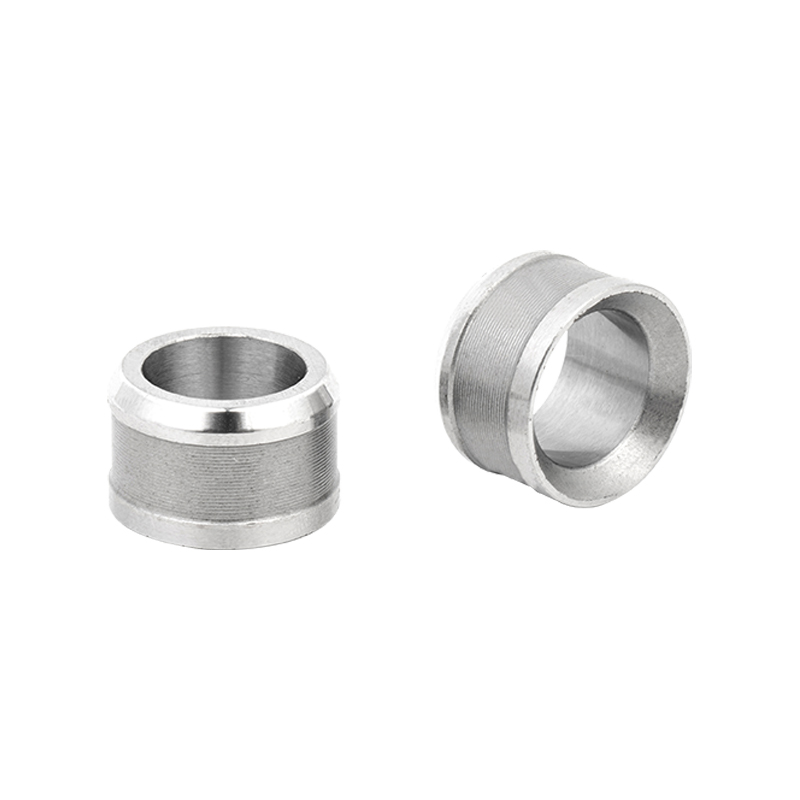
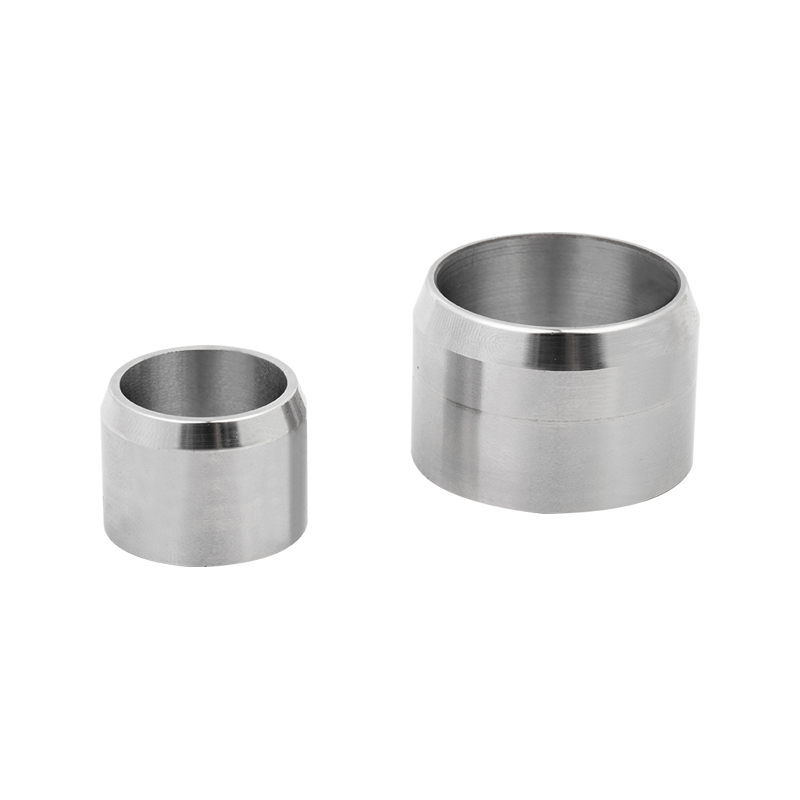
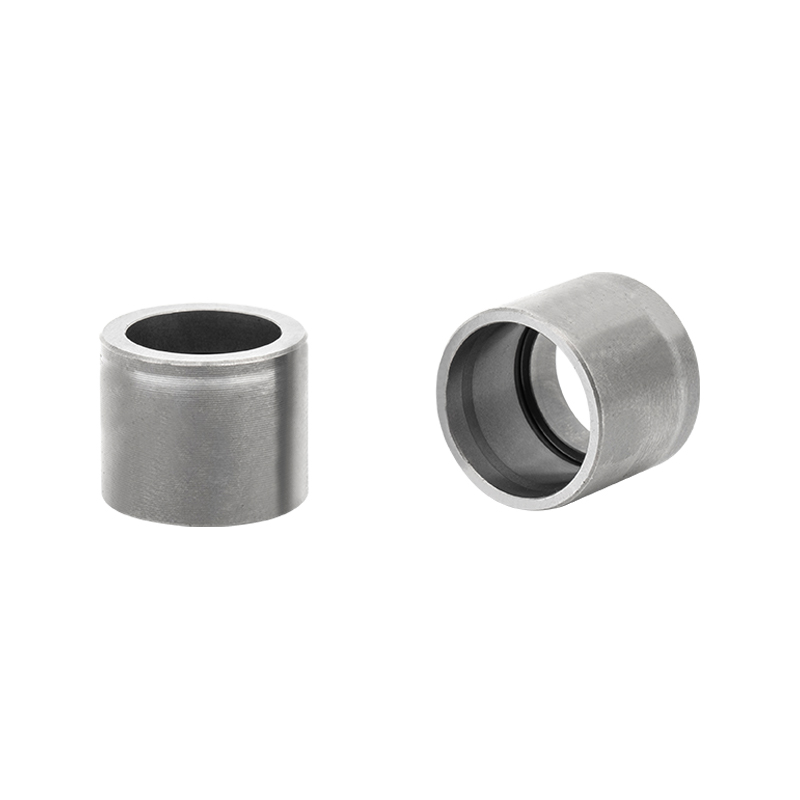
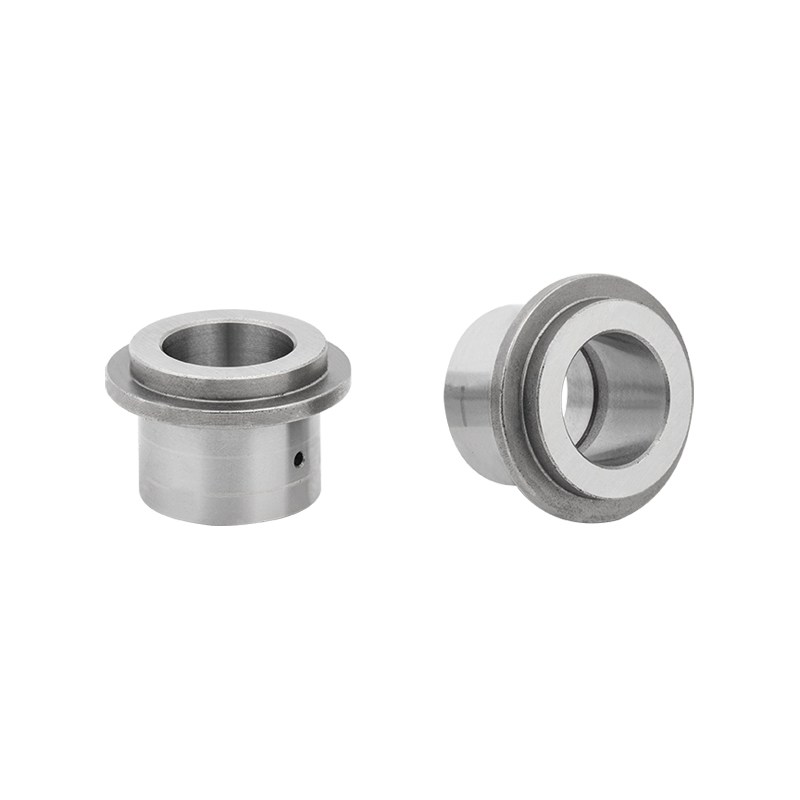

 Download Catalog
Download Catalog
